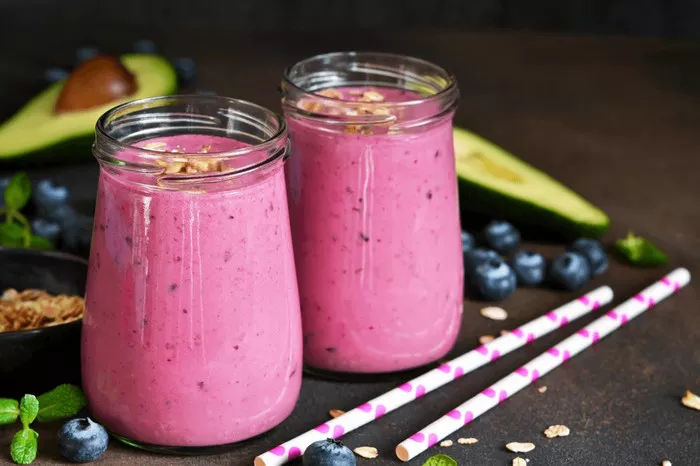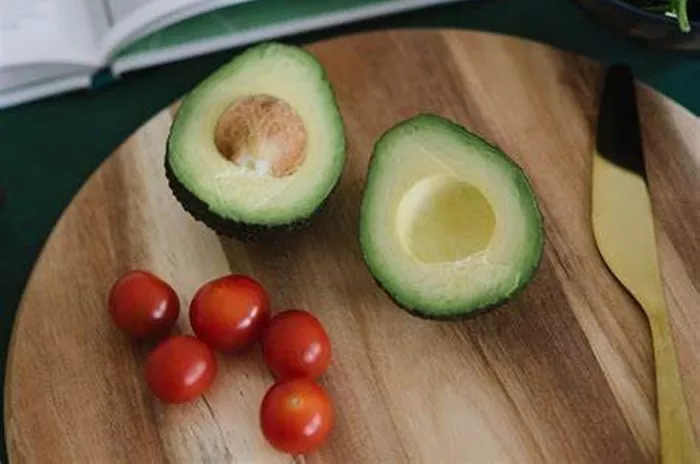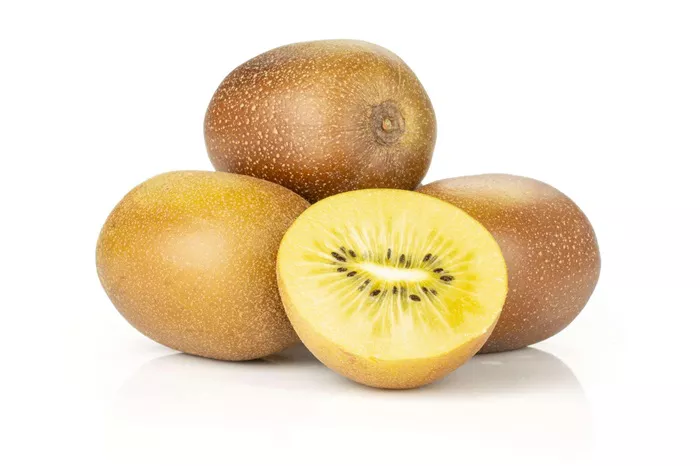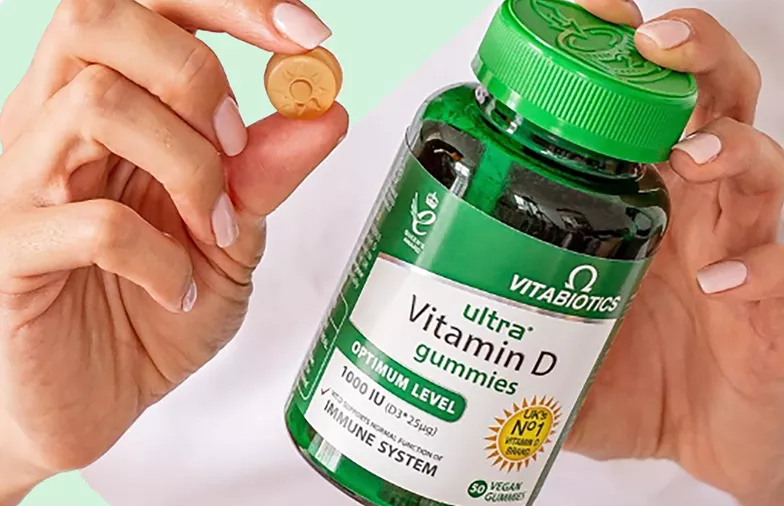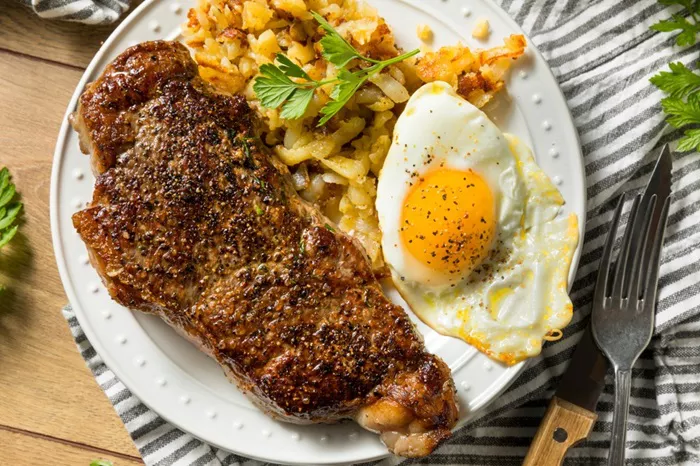Protein smoothies have become a staple in the diets of health-conscious individuals seeking a convenient and nutritious way to fuel their bodies. Packed with protein, vitamins, and minerals, these delicious beverages offer a quick and satisfying way to replenish energy stores, support muscle growth and repair, and promote overall well-being. In this comprehensive guide, we delve into the world of protein smoothies, exploring the best ingredients, recipes, and strategies for creating delicious and nutritious blends that satisfy both taste buds and nutritional needs.
Understanding Protein Smoothies: The Benefits and Basics
Before diving into the specifics of crafting the best protein smoothies, it’s essential to understand the benefits and basics of these popular beverages.
Benefits of Protein Smoothies:
Muscle Building and Repair: Protein is essential for muscle growth and repair, making protein smoothies an ideal post-workout recovery drink.
Satiety and Weight Management: Protein helps promote feelings of fullness and satisfaction, making protein smoothies a satisfying and nutritious option for weight management and appetite control.
Convenience and Portability: Protein smoothies are quick and easy to prepare, making them a convenient option for busy lifestyles. They can be enjoyed at home, on the go, or as a meal replacement when time is limited.
Versatility: Protein smoothies can be customized to suit individual tastes and nutritional needs, allowing for endless flavor combinations and ingredient variations.
Key Ingredients for Protein Smoothies:
Protein Source: The foundation of any protein smoothie is, of course, the protein itself. Common sources of protein for smoothies include whey protein powder, plant-based protein powders (such as pea protein, hemp protein, or brown rice protein), Greek yogurt, cottage cheese, silken tofu, or milk (dairy or plant-based).
Liquid Base: A liquid base is essential for achieving the desired consistency of the smoothie. Options include water, milk (dairy or plant-based), coconut water, fruit juice, or brewed tea.
Fruits and Vegetables: Adding fruits and vegetables not only enhances the flavor and nutritional content of the smoothie but also provides essential vitamins, minerals, and fiber. Common choices include berries, bananas, mangoes, spinach, kale, avocado, and cucumber.
Healthy Fats: Incorporating healthy fats into protein smoothies can help promote satiety and provide essential fatty acids. Options include nut butters (such as almond or peanut butter), avocado, chia seeds, flaxseeds, or hemp seeds.
Sweeteners and Flavorings: To enhance the sweetness and flavor of the smoothie, natural sweeteners such as honey, maple syrup, dates, or stevia can be used sparingly. Flavorings such as vanilla extract, cinnamon, cocoa powder, or ginger can also add depth and complexity to the taste.
Best Protein Smoothie Recipes
Now that we’ve covered the basics, let’s explore some delicious and nutritious protein smoothie recipes that are sure to satisfy your taste buds and fuel your body:
1. Berry Blast Protein Smoothie:
1 scoop of vanilla whey protein powder
1 cup of mixed berries (such as strawberries, blueberries, and raspberries)
1/2 cup of Greek yogurt
1/2 cup of unsweetened almond milk
1 tablespoon of chia seeds
Optional: honey or maple syrup to sweeten
2. Green Goddess Protein Smoothie:
1 scoop of plant-based protein powder (such as pea protein)
1 cup of spinach
1/2 ripe avocado
1/2 banana
1 tablespoon of almond butter
1 cup of unsweetened coconut water
Optional: a squeeze of lime juice for added freshness
3. Chocolate Peanut Butter Protein Smoothie:
1 scoop of chocolate whey protein powder
1 tablespoon of natural peanut butter
1/2 banana
1 cup of unsweetened almond milk
1 tablespoon of cocoa powder
Optional: a handful of spinach for added nutrition (you won’t taste it!)
4. Tropical Paradise Protein Smoothie:
1 scoop of vanilla whey protein powder
1/2 cup of frozen pineapple chunks
1/2 cup of frozen mango chunks
1/2 cup of Greek yogurt
1/2 cup of unsweetened coconut milk
Optional: a sprinkle of shredded coconut for garnish
5. Creamy Banana Almond Protein Smoothie:
1 scoop of almond protein powder
1 ripe banana
1 tablespoon of almond butter
1/2 cup of unsweetened almond milk
1/2 cup of plain Greek yogurt
Optional: a dash of cinnamon for added flavor
Tips for Crafting the Best Protein Smoothies:
Balance the Macronutrients: Aim for a balance of protein, carbohydrates, and fats in your smoothie to promote satiety and provide sustained energy.
Experiment with Flavors and Textures: Don’t be afraid to get creative with your smoothie ingredients! Experiment with different fruits, vegetables, protein powders, and flavorings to find combinations that you enjoy.
Mind Your Portions: While protein smoothies can be a nutritious addition to your diet, it’s essential to be mindful of portion sizes, especially if you’re using high-calorie ingredients like nut butters or full-fat dairy products.
Prep Ahead for Convenience: To save time during busy mornings or after workouts, consider prepping smoothie ingredients in advance and storing them in individual portions in the freezer. This way, you can simply blend and go when you’re ready to enjoy your smoothie.
Stay Hydrated: Remember to hydrate properly, especially if you’re consuming protein-rich smoothies post-workout. Be sure to drink plenty of water throughout the day to support hydration and overall well-being.
Conclusion
Protein smoothies offer a convenient and delicious way to boost your protein intake, support muscle growth and repair, and fuel your body with essential nutrients. By understanding the basics of protein smoothie preparation and experimenting with different ingredients and recipes, you can create delicious and nutritious blends that cater to your taste preferences and nutritional needs. Whether you’re looking for a post-workout recovery drink, a satisfying meal replacement, or a refreshing snack, protein smoothies are sure to become a staple in your healthy lifestyle. Cheers to crafting the perfect smoothie blend!
[inline_related_posts title=”You Might Be Interested In” title_align=”left” style=”list” number=”6″ align=”none” ids=”7120,7117,7057″ by=”categories” orderby=”rand” order=”DESC” hide_thumb=”no” thumb_right=”no” views=”no” date=”yes” grid_columns=”2″ post_type=”” tax=””]

